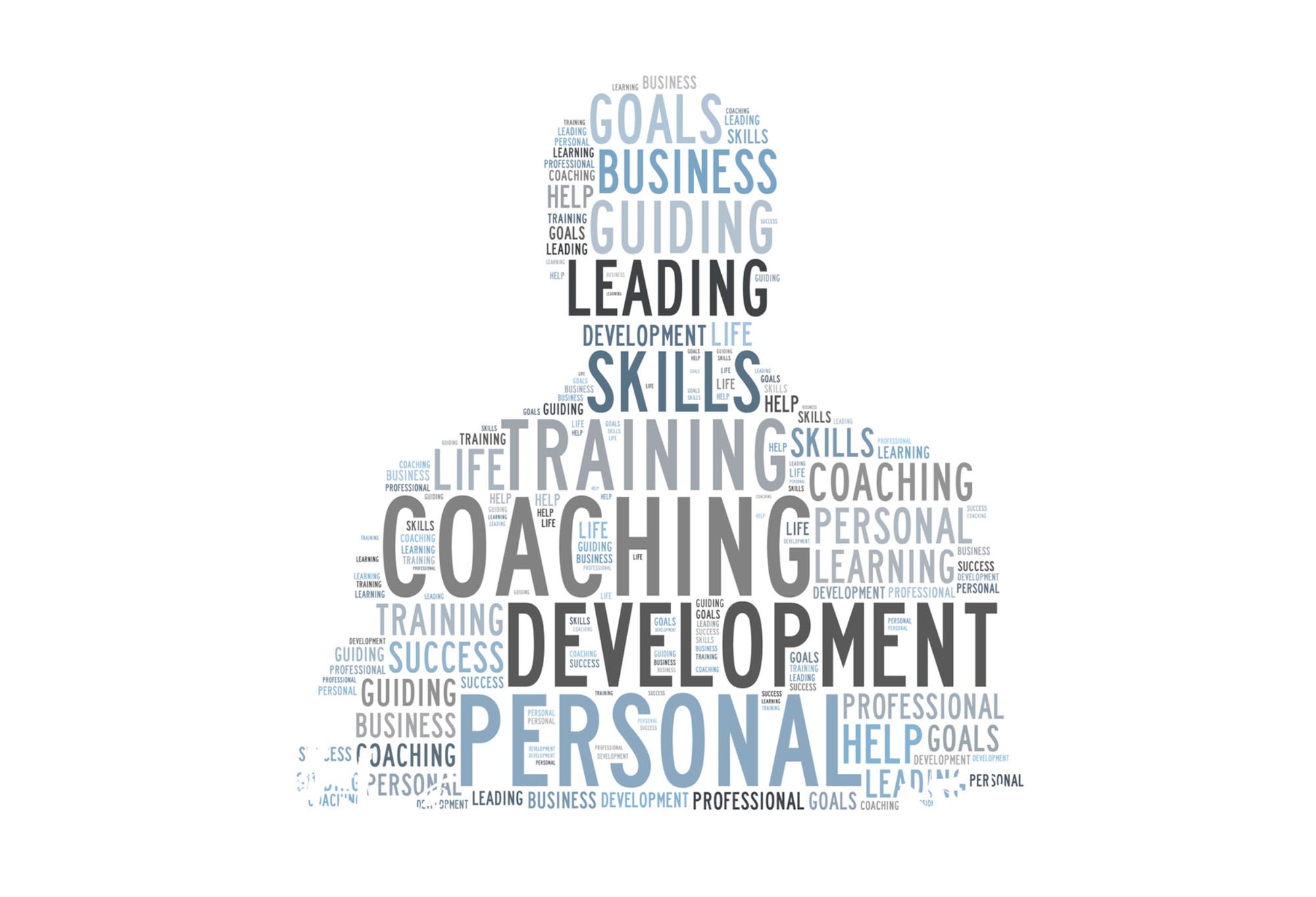Employee development is a collaborative effort between employees and employers to enhance the employee’s existing skills and knowledge. By investing in employee development, organizations position themselves competitively within their industry. More importantly, investing in employee development results in better people and better business outcomes.
Professional development involves taking inventory of an employee’s current skill set and future goals, then providing training and development opportunities that fill that gap. This might take the form of coaching, as well as internal or external training.
Employee development methods vary. Coaching is one of the most common and takes a one-on-one approach that occurs over time. A more experienced individual provides advice and guidance to help the employee gain new skills, improve performance, and enhance the quality
of their career. It’s personalized, customized and has a specific business objective. As such, it should be approached strategically, with commitment from the employee and the organization, as well as a plan, a qualified coach, and proper evaluation of results.
A similar approach is mentoring, in which less experienced employees are paired with more experienced colleagues. Mentoring programs can be formal or informal. Successful mentoring programs have been shown to reduce turnover, enhance recruitment, and improve performance.
Other employee development methods include individual development plans, which document the details of an employee’s intentions and learning outcomes, as well as how the organization will support those goals, cross-training, stretch assignments, job enlargement and job
enrichment, job shadowing, job rotation, succession planning, assessment centers, corporate universities, and online employee development.
Developing current employees allows employers to stay competitive, deal with ongoing skill shortages, promote diversity, equity, and inclusion, create a culture of learning, adapt to changing business structures, increase worker productivity, reduce turnover, and align employee development with the organization’s needs.
So what’s the difference between training and employee development? For us, managing employee development involves working with employees at the individual level to determine areas of focus and paths for employees to become successful in their jobs. This can occur on
both professional and personal levels, since employees who are fulfilled in both are more productive, thereby producing profitable outcomes for the organization.
We can manage your employee development program to help employees become productive members in your organization. Contact us for a consultation.
